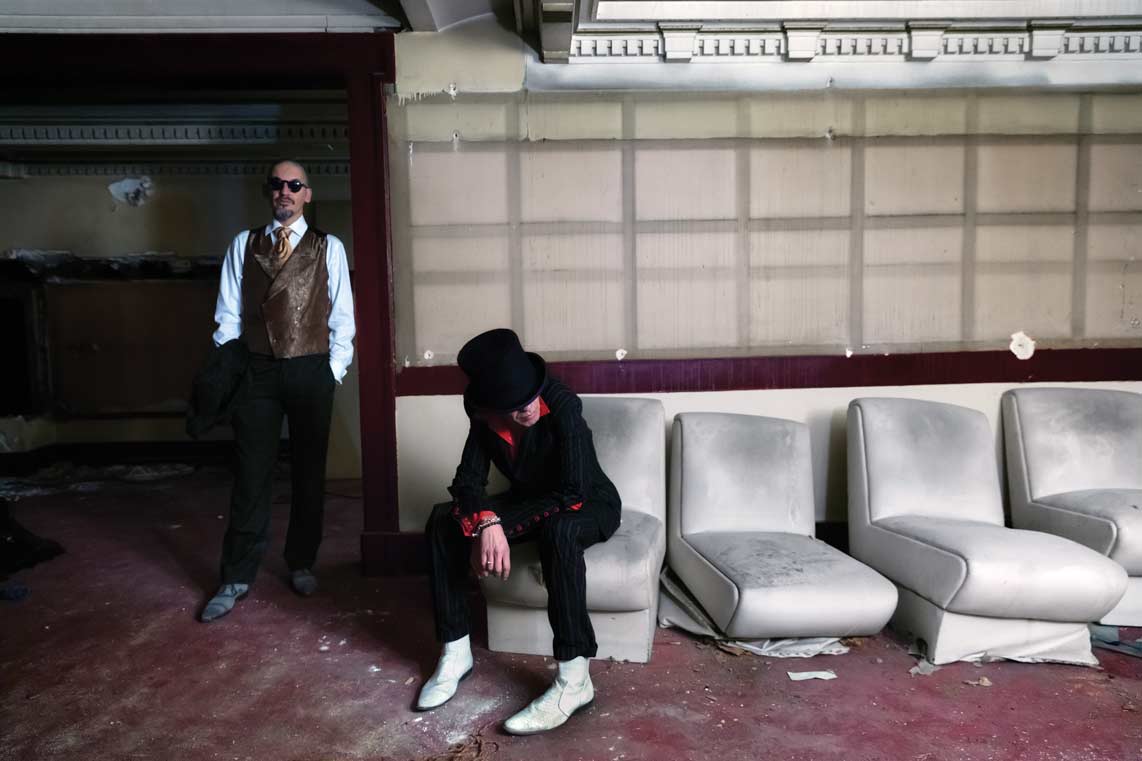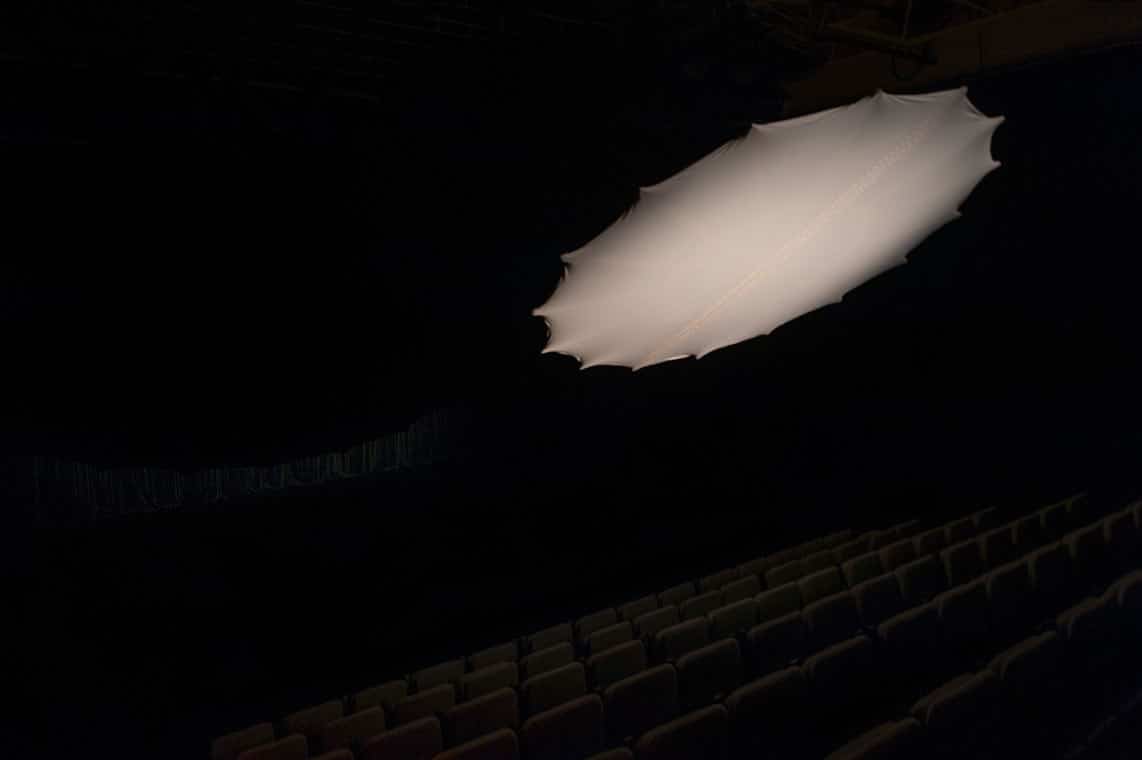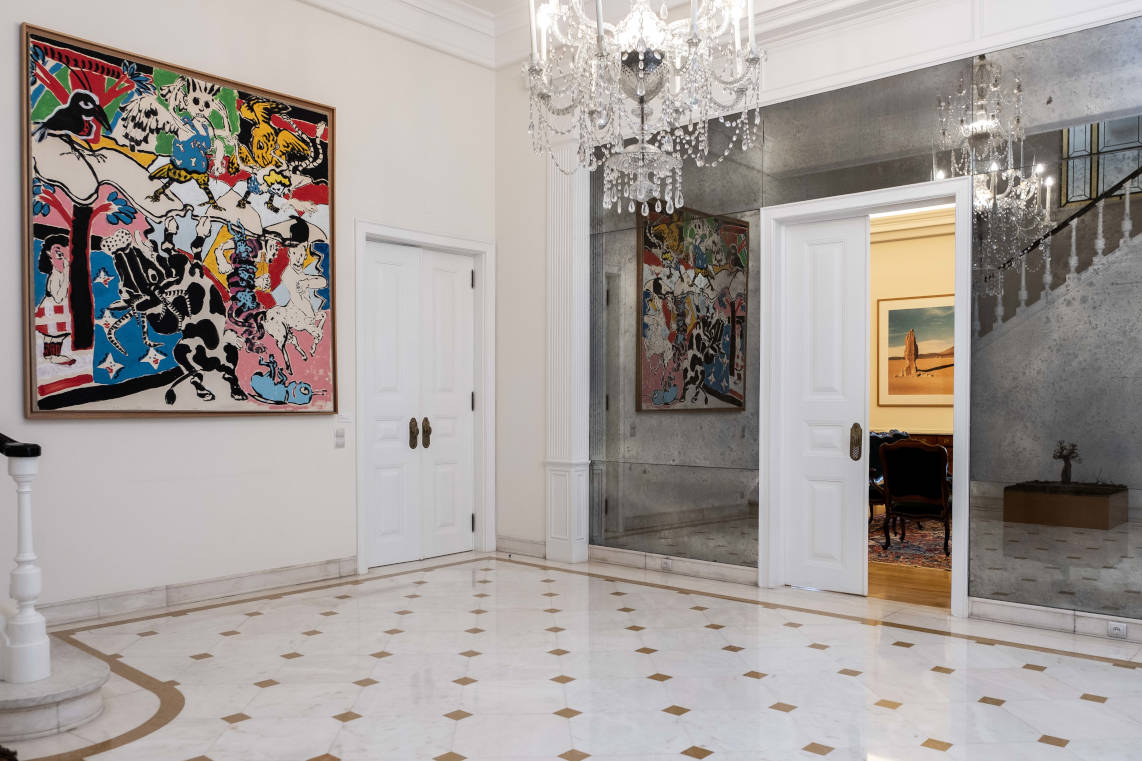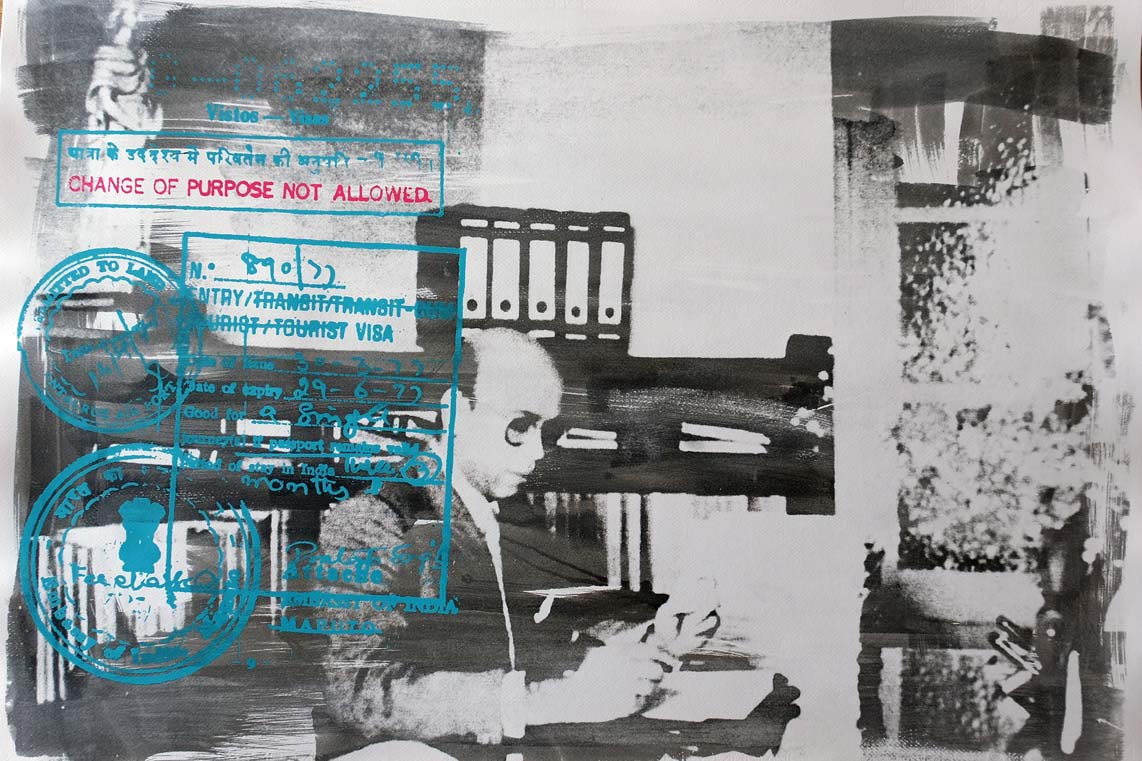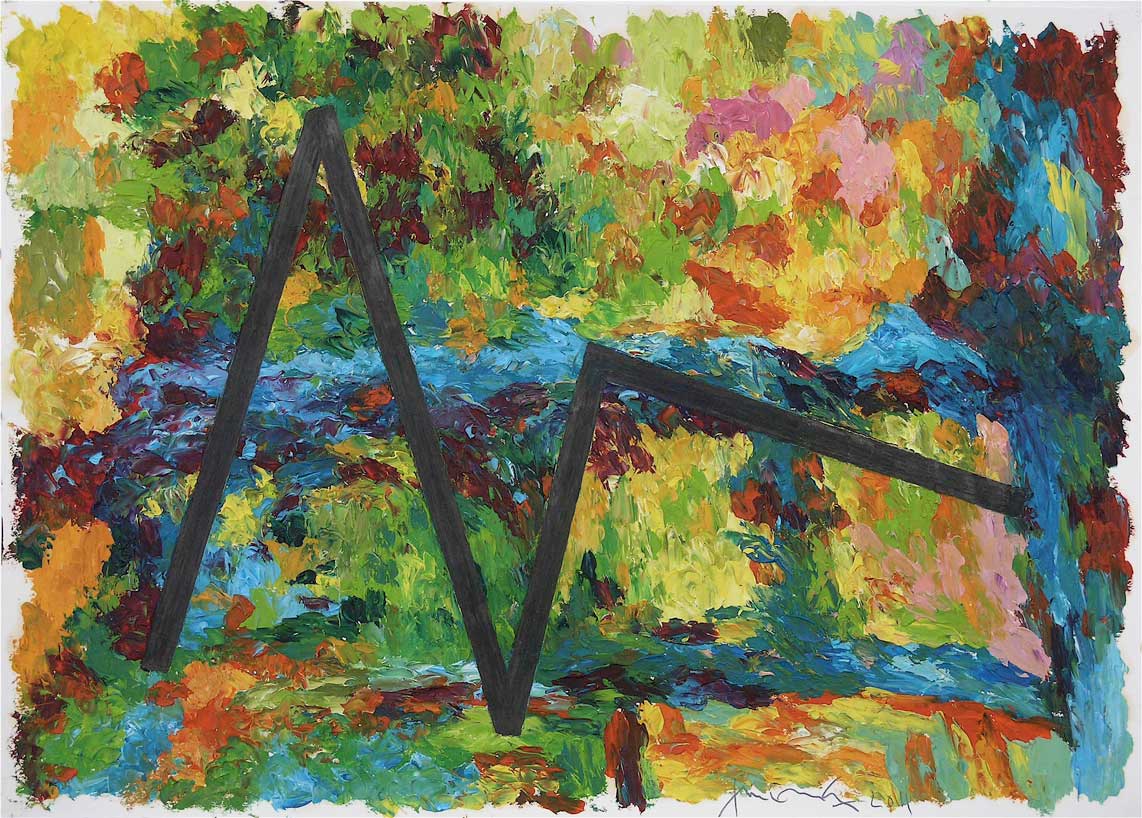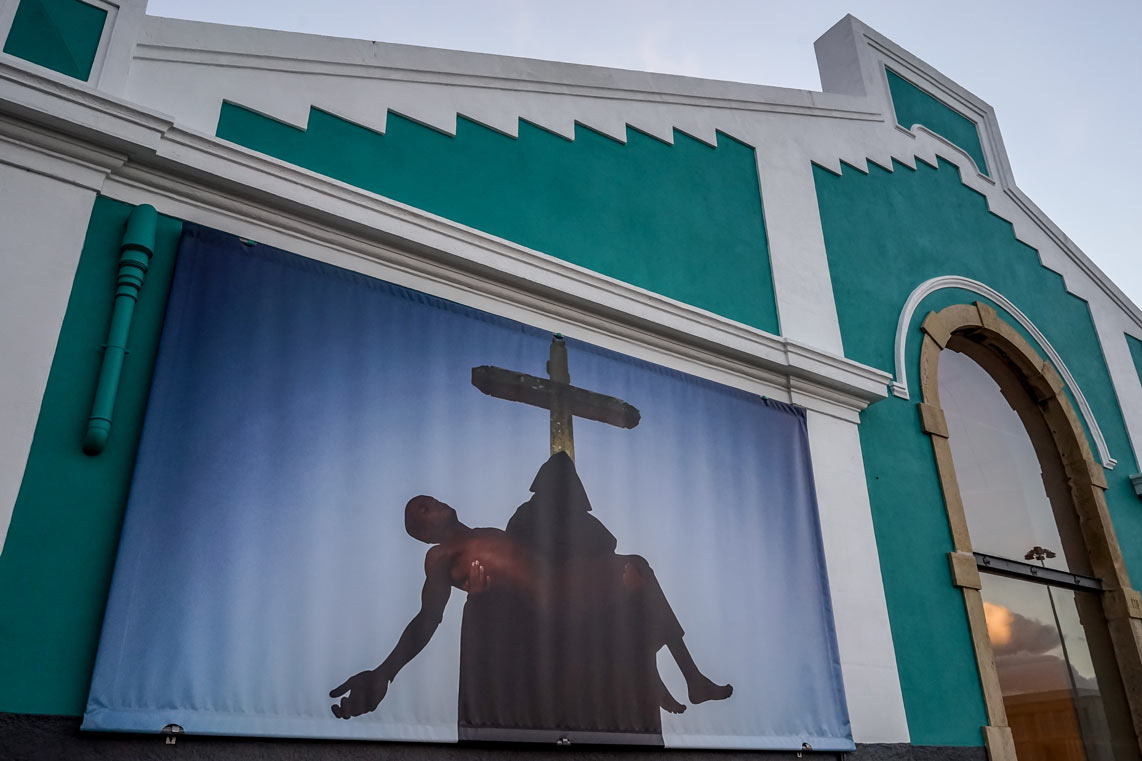Add this to your schedule, it’s worth your time: a visit to the exhibition Germinal. Part of the Art Collection Fundação EDP, acquired from the artist Pedro Cabrita Reis (PCR), and with the curatorship of Pedro Gadanho and Ana Anacletus, the exhibition can be found Oporto’s Municipal Gallery until May. Then, it goes to MAAT in Lisbon, with the adaptations that the new hosting room require. It is the first public presentation of the acquis comprised of works purchased from PCR in 2015, integrating approximately sixty pieces of 30 artists.
The show proposes a thematic program divided into four parts, assisting the visitor’s wander: O sujeito em fratura (The subject in fracture); Ao encontro do outro (Finding the other); O predomínio da tecnologia (Technology’s supremacy) and Herança das imagens (The heritage of pictures).
The different forms of artistic expression are almost always contextualized in an ironic and humoristic environment. The sculptural installations are the most dominant, conceived in perilous materials and everyday life’s objects, with a strong visual impact, where the video’s image, the light and the sound almost dominate the exhibition space completely. As Ana Anacletus tells: “To dive into this collection was an adventure”, with the desire to breath a new life into these pieces.
The first work that appears before us is the installation Barco Negro of João Pedro Vale, which right away posed a difficult challenge, given the problem and its element-centred complexity, in an intense scenery packed with dark-shaped objects, which suggest the idea of a deep fracture of identity. Actually, it is noted that some of these works were acquired as a concept or idea, and only now they have been achieved by acquiring a full-fledged physical form and complexion.
Others endured changes in tune with new techniques, like the piece Entrada/Saída of Rui Calçada Bastos, to which a sound system and sensors were added.
It is also noted that a large part of the works assembled in that place already has marks and signs of the plastic expression of their artists, like appealing piece Pop Luz of Joana Vasconcelos.
“A collection reaches its zenith when shared” ( PCR )
PCR always had the dream of creating an art collection. So here it is, strongly vibrant, reflecting the author’s thinking and aesthetic taste. The astuteness of his visionary perspective was able to see from afar what others could not even conceive, trusting artists when it was difficult to trust. “I chose these artists because they had an assertive look about the world,” he says.
The collection was structured over the past 30 years, particularly focused on young people who were then trying to find themselves in an attitude of rebellion and liberation, one of the creator’s motto.
An artist creating an art collection from other creators is not a unique and original issue, given the closeness that an artist has towards their compagnons de route, where great friendships, meetings, complicity and affections between Cabrita Reis and the depicted friends are nurtured. “I only do what I like, I only like those I like, and I only bought what I liked (…) Each of these works has become part of me. They exist and will grow with the others’ gaze.” He then decided to put into practice the motto that art is not meant to be kept, but to be seen.
PCR was particularly interested in the younger generations that grew around him in the 90s, deeply connected to the issues of the present-day and experimentation. “What interested me was the individuality of their perspective,” he stresses. The show’s title, Germinal, with a symbolic nature, reveals that environment which keeps growing based on a similarity between the works and the collector; like in the formal constructions of João Ferro Martins, Hugo Canoilas and Vasco Costa, cases in which the pieces were acquired when they worked as PCR assistants. Actually, the influence of the dialogs and relationships that are developed with this personality is quite clear.
This specific nucleus, of MAAT, defines a particular period of the 90s/early 00s generation, in a broad and solid representation, thus achieving a crucial significance within contemporary and avant-garde art, while completing and filling a gap in MAAT’s current collection.
Finally, Cabrita Reis wants to see us enchanted by the enchantment of artists, through the discourse and language they present.
